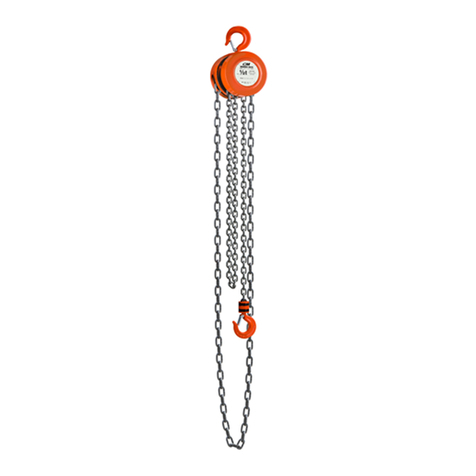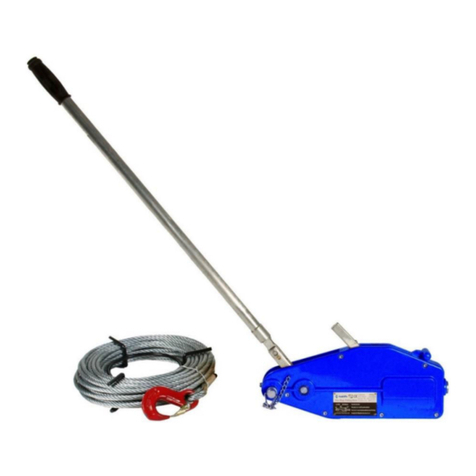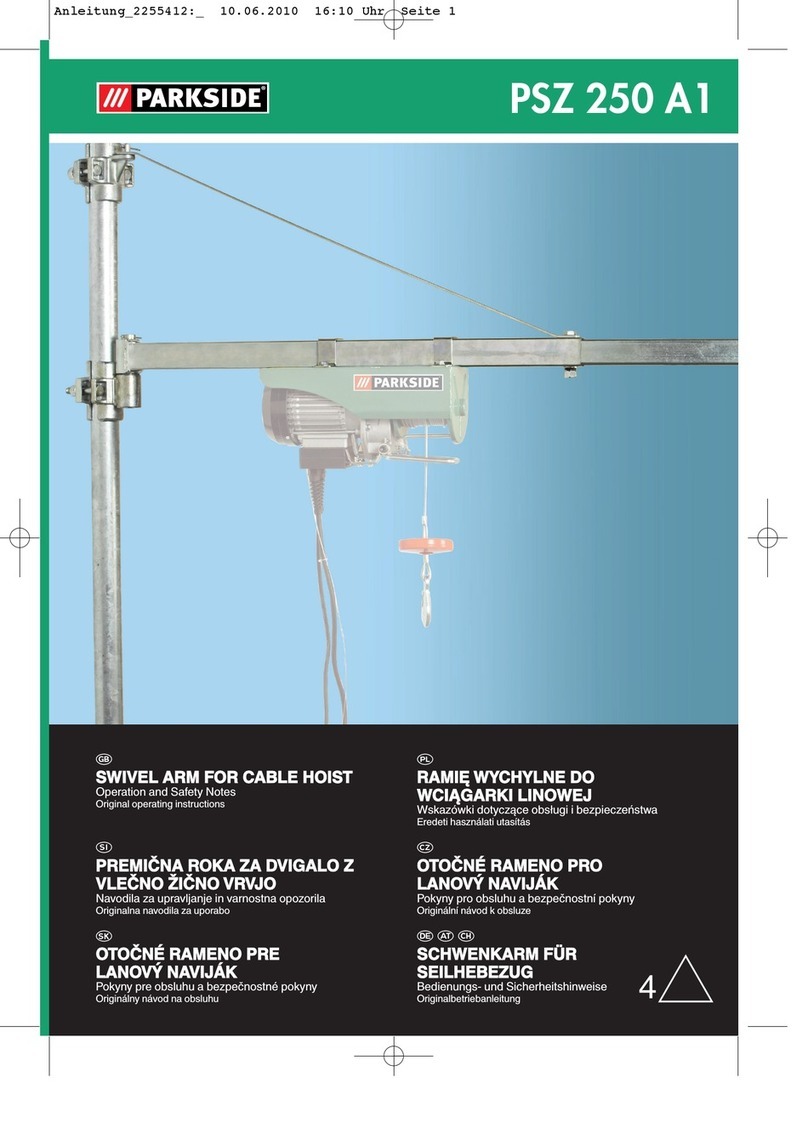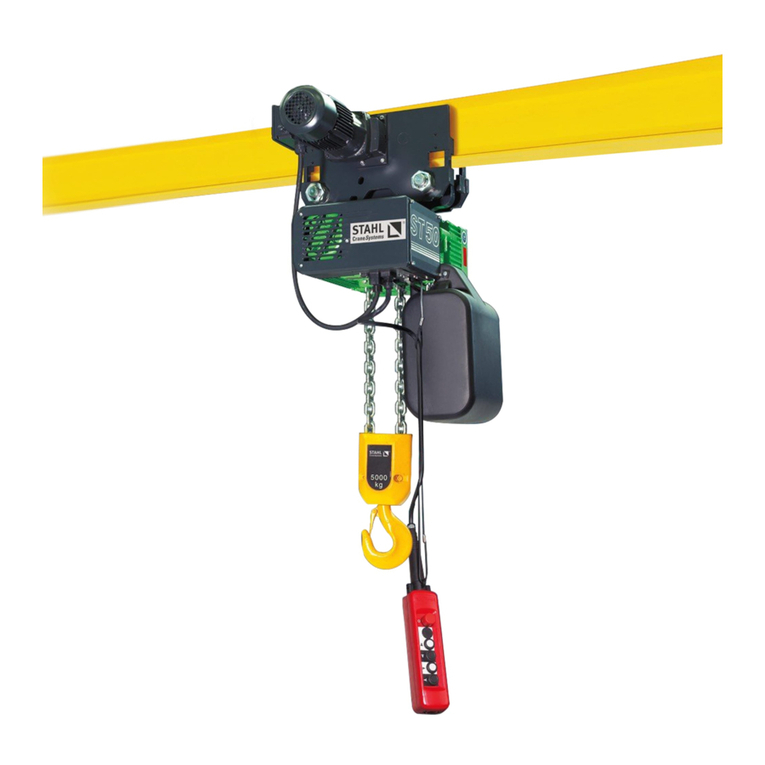
Contents
Chain hoist SCH-S / SCH-M / SCH-L
www.schmalz.com
1Fundamental Safety Instructions.........................................................................5
1.1 Classification of Safety Instructions ..................................................................................5
1.2 Warning Signs / Labels .....................................................................................................5
1.3 Mandatory Symbols...........................................................................................................6
1.4 Information Symbols..........................................................................................................6
1.5 Regulations in these Instructions ......................................................................................7
1.6 General Safety Instructions...............................................................................................7
1.7 Intended Use.....................................................................................................................8
1.8 Non-Intended Use .............................................................................................................8
1.9 Requirements and Instructions for Installation, Maintenance and Operating Staff...........9
1.10 Installation Location Requirements.................................................................................10
1.11 Workplace Requirements................................................................................................10
1.12 Danger Zone Definition ...................................................................................................10
1.13 Personal Protective Equipment.......................................................................................10
2Product Description...........................................................................................11
2.1 Description.......................................................................................................................11
2.2 Operating Conditions.......................................................................................................12
2.3 Identification ....................................................................................................................14
2.3.1 Type Plate....................................................................................................................14
2.3.2 Data Plate....................................................................................................................14
3Technical Data..................................................................................................15
3.1 Drive Group.....................................................................................................................15
3.2 Voltage Versions .............................................................................................................15
3.3 Sound Pressure Level.....................................................................................................16
3.4 Chain and Load Hook......................................................................................................16
3.4.1 Standard Load Hook....................................................................................................16
3.4.2 Safety Load Hook (Option) ..........................................................................................16
4Delivery, Packaging and Transport...................................................................17
4.1 Transport.........................................................................................................................17
4.2 Delivery............................................................................................................................17
4.2.1 Items Included in Delivery............................................................................................17
4.2.2 Checking for Completeness.........................................................................................17
4.2.3 Reporting Damage.......................................................................................................17
5Installation.........................................................................................................18
5.1 Electrical Connection.......................................................................................................19
5.2 Inserting a New Chain.....................................................................................................20
5.3 Adjusting the Limit Switch ...............................................................................................22
5.4 Attaching the Load Hook.................................................................................................24
5.4.1 Single Chain.................................................................................................................24
5.4.2 Dual Chain...................................................................................................................25
5.5 Fitting the Chain Box.......................................................................................................26
5.6 Preparing the System for Operation................................................................................26



























